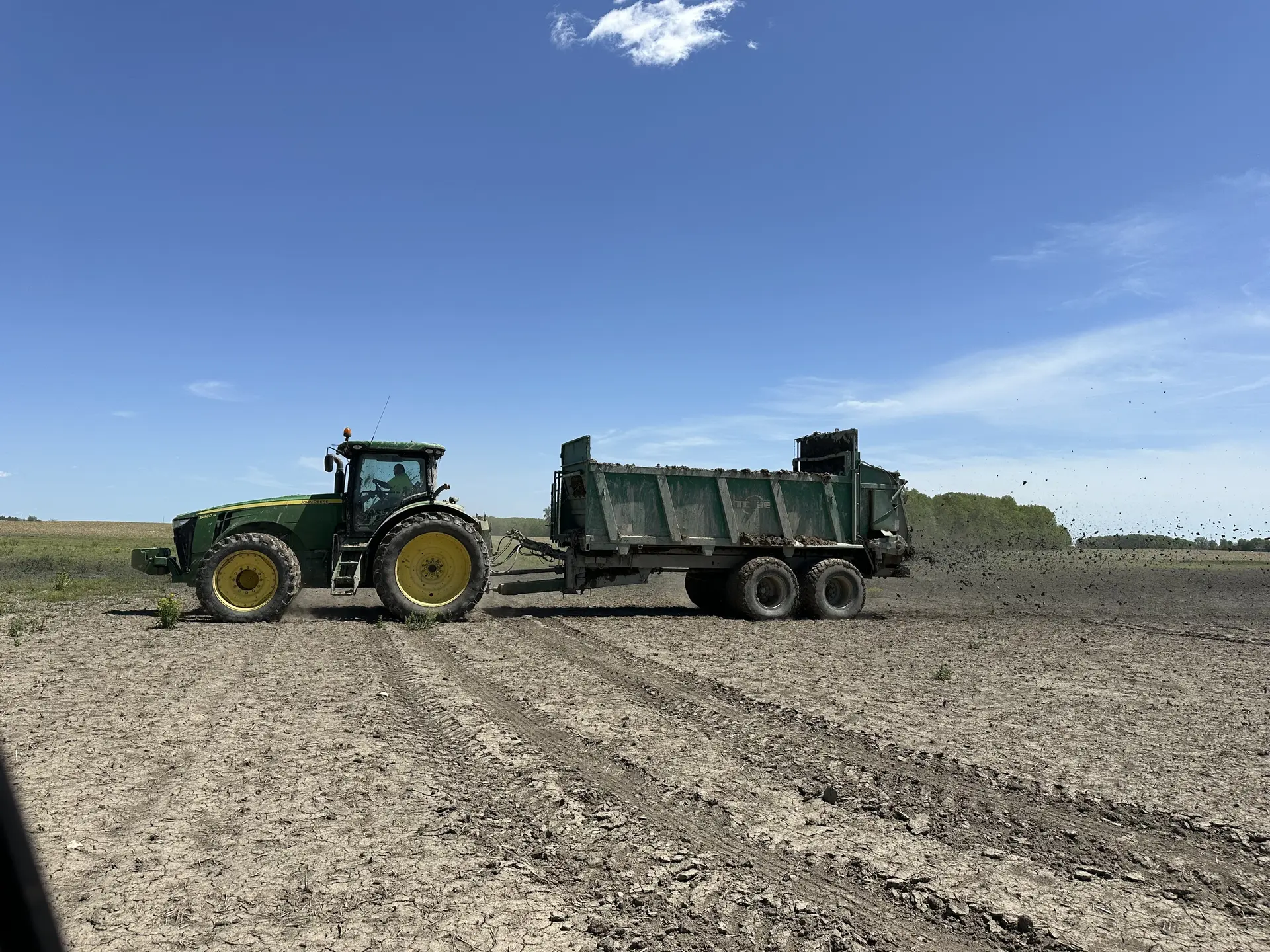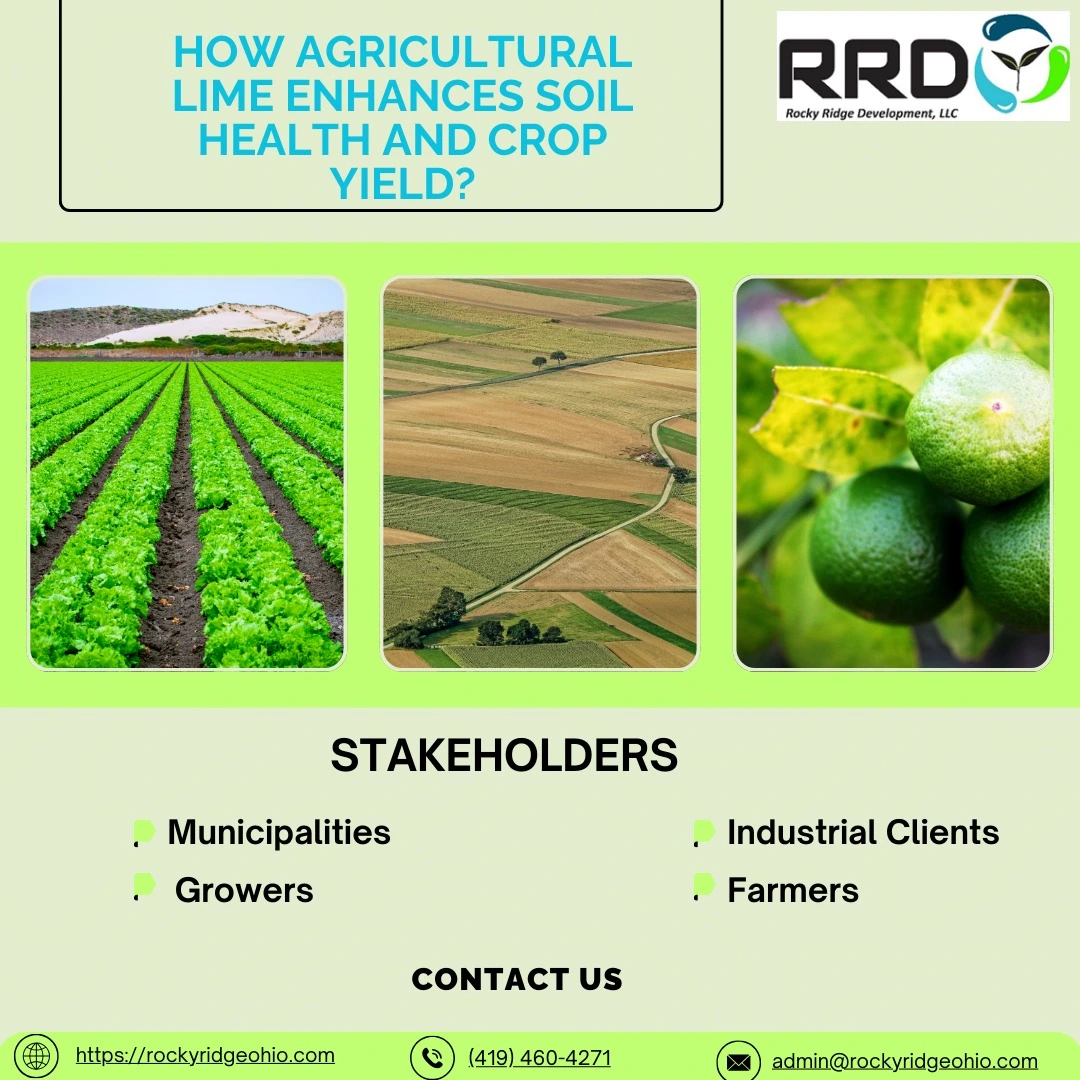


Soil health is the cornerstone of sustainable agriculture. The ability of soil to support crop growth, retain nutrients, and maintain structure directly impacts crop yield. Over time, however, soil can become depleted, acidic, or nutrient-poor, leading to reduced crop performance. One of the most effective and widely used remedies to counteract these issues is agricultural lime. This simple yet powerful amendment has been used for centuries to improve soil health and boost agricultural productivity. But how exactly does agricultural lime work, and why is it so important for modern farming?
This blog explores how agricultural lime enhances soil health, increases crop yield, and plays a critical role in sustainable agricultural practices.
Before diving into the benefits of agricultural lime, it's essential to understand the problem it addresses: soil acidity.
Soil acidity occurs when hydrogen ions (H+) dominate the soil solution. This can result from natural processes, such as organic matter decay, or human activities like the excessive use of nitrogen-based fertilizers. Acidic soils are typically measured by their pH level—anything below a pH of 7 is considered acidic, with 5.5 to 6.5 being optimal for many crops.
Agricultural lime, also known simply as lime, is a soil amendment derived from limestone (calcium carbonate) or dolomite (calcium magnesium carbonate). It is applied to acidic soils to neutralize acidity and create a more favorable environment for plant growth. The primary active ingredient in lime is calcium carbonate (CaCO3), which reacts with the hydrogen ions in the soil to raise the pH and reduce acidity.
Agricultural lime is a valuable tool for enhancing soil health and boosting crop yield. By neutralizing soil acidity, improving nutrient availability, and supporting healthy root development, lime plays a critical role in sustainable farming. With proper application and soil management, farmers can reap the long-term benefits of healthier soil, higher yields, and improved crop quality, ultimately contributing to more productive and sustainable agricultural systems.